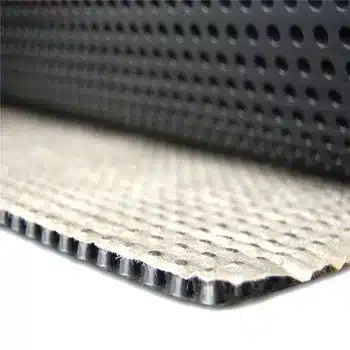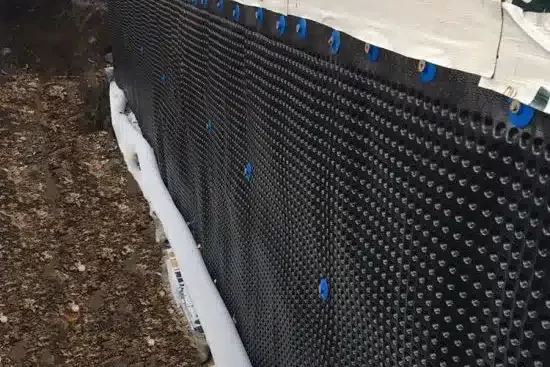Effective Applications of Geocomposite Drainage System in Modern Engineering
The implementation of a geocomposite drainage system has become a critical solution in managing subsurface water and improving soil stability across various civil engineering projects. These innovative geosynthetics combine drainage cores with filtering geotextiles, providing efficient water conveyance while preventing soil intrusion, which enhances structural durability and safety.
Crossrail Project, London

One prominent example is the Crossrail Project in London, where geocomposite drainage systems were extensively used behind retaining walls and tunnel linings to control groundwater and reduce hydrostatic pressure. The system’s lightweight design and ease of installation helped accelerate construction timelines in this complex urban environment while maintaining effective drainage performance.
Singapore Changi Airport Runway Expansion
In another case, the expansion of the Singapore Changi Airport runway employed geocomposite drainage systems to ensure rapid removal of stormwater beneath pavements. This application reduced pore water pressures and enhanced the pavement’s load-bearing capacity, thus extending its service life and reducing maintenance costs.

Puente Hills Landfill, California
Additionally, the use of geocomposite drainage systems in landfill liner protection has gained traction, such as in the Puente Hills Landfill in California. Here, the system effectively channels leachate away from the waste mass, protecting the liner from damage and preventing environmental contamination.
These cases demonstrate the versatility and reliability of geocomposite drainage systems as a sustainable solution in infrastructure projects worldwide, addressing complex drainage challenges with cost-effective and efficient geosynthetic technology.
Comments
Post a Comment